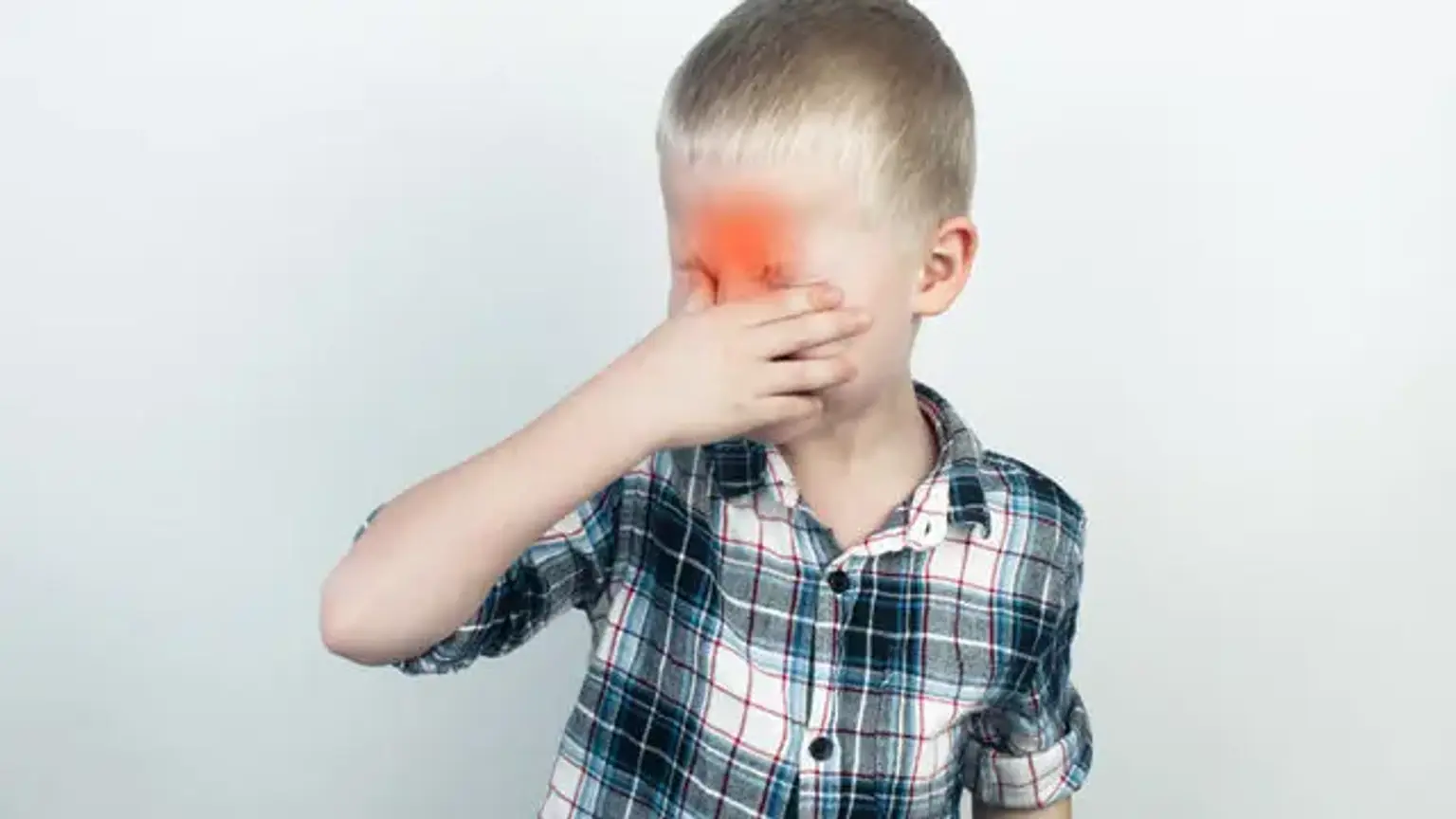Introduction
Uveitis is an inflammation of the uvea, the middle layer of the eye. It can affect any part of the uvea, leading to a variety of symptoms, ranging from mild irritation to severe vision loss. Uveitis is a serious condition that requires timely diagnosis and treatment to prevent long-term damage to the eye. It is a significant cause of blindness worldwide, making its management crucial. Though the condition is often treatable, the prognosis depends on early intervention, effective management, and the underlying cause of the inflammation.
What is Uveitis?
Uveitis refers to inflammation of the uvea, the eye's middle layer, which consists of the iris, ciliary body, and choroid. It can be classified based on the location of the inflammation:
Anterior uveitis: Affects the front part of the eye, usually the iris. This is the most common form.
Intermediate uveitis: Involves the vitreous body, the gel-like substance in the center of the eye.
Posterior uveitis: Targets the back part of the eye, including the retina and choroid.
Panuveitis: Affects all parts of the uvea simultaneously.
Each type of uveitis has distinct symptoms, severity, and treatment needs, but they all share the potential for vision complications if not managed promptly.
Understanding the Causes of Uveitis
The causes of uveitis can be divided into infectious and non-infectious categories:
